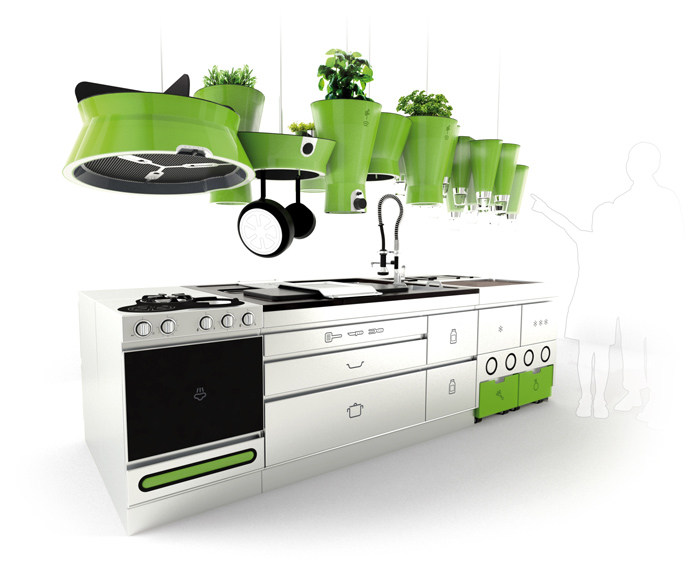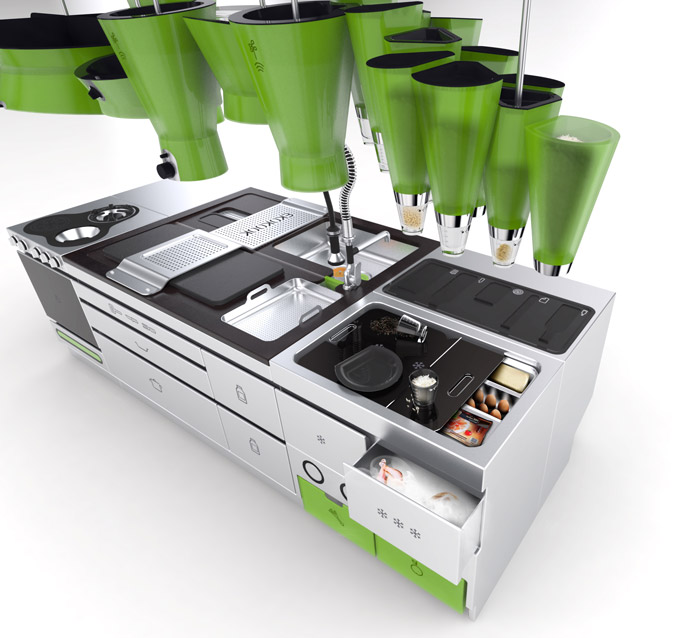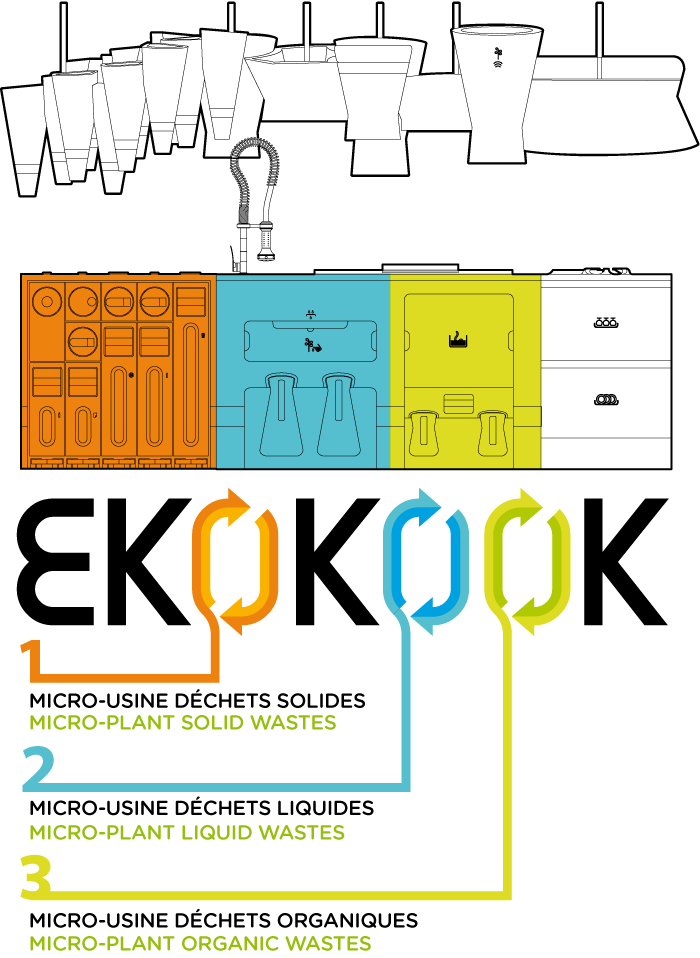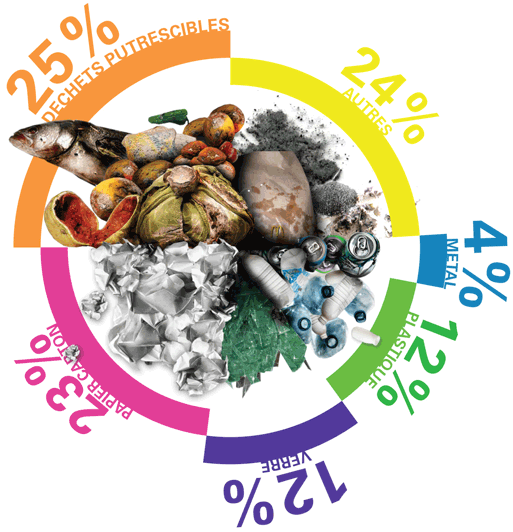 |
| It happened in 2010 |
| Faltazi |
Once upon a time some people decided to get a handle on their own future. They wanted to reducing their ecological footprint to the minimum, so in the course of the teens decade they introduced into everyday habitat efficient means for producing energy and reducing energy consumption, and for managing wastes. Here we are in 2010 Ekokook grew out of an experimental approach based on the analysis of the nerve centre of every home: the kitchen. The place where we store food and prepare food, and produce and evacuate wastes is a vital core area for exchanges and convergences. It is also a place that generates all sorts of pollution. Which makes it the ideal focus for a study in eco-design. |
 |
| How do we define the ideal kitchen? |
Today, industrial manufacturers continue to apply to kitchen space the hygienist and functional principles of the mid-20th century. Their kitchens are standardized sets that do not (or only unsatisfactorily) include responses to short term problems such as the storage of fresh vegetables or bulk goods of the kind that may be bought from biological cooperatives. Similarly, the selection and recycling of wastes is still virtually non existent in production. As for the primordial question of energy saving, standard equipments for kitchen fit-outs on the market today offer very little in the way of satisfying solutions. Refrigerator/deep-freeze units, for instance, consume one third of all the electrical current used in homes. They tend to be cumbersome and their doors do little to control cold leak. But alternative solutions for conserving fruit and vegetables do exist. Some electrical appliances have integrated sensible design details. Dishwashers with several compartments enable energy savings and and steam ovens offer healthier cooking solutions. Service is tailored to needs. But to achieve better symbiosis with the environment, we have opted for global eco-design for the kitchen, one that integrates new functions and behaviour patterns. And we have sought support from emerging scientific and technical practises. Our project is based on four essentials: waste management, kitchen health, reduction/consumption of energy, and intelligent storage. Our kitchen has built-in fittings for selecting, processing and storing all kinds of wastes: organic, solid and liquid. As well, the alternatives for conserving and cooking that we propose target a more healthy cuisine, one that uses fresh products raised locally, which are stored in bulk. We include electrical appliances that consume less energy, such as twin-tier dishwasher, steam oven and refrigerator with compartments. We also try to use materials and fabrication processes that have the least possible negative impact on the environment and which are long-lasting. |
 |
 |